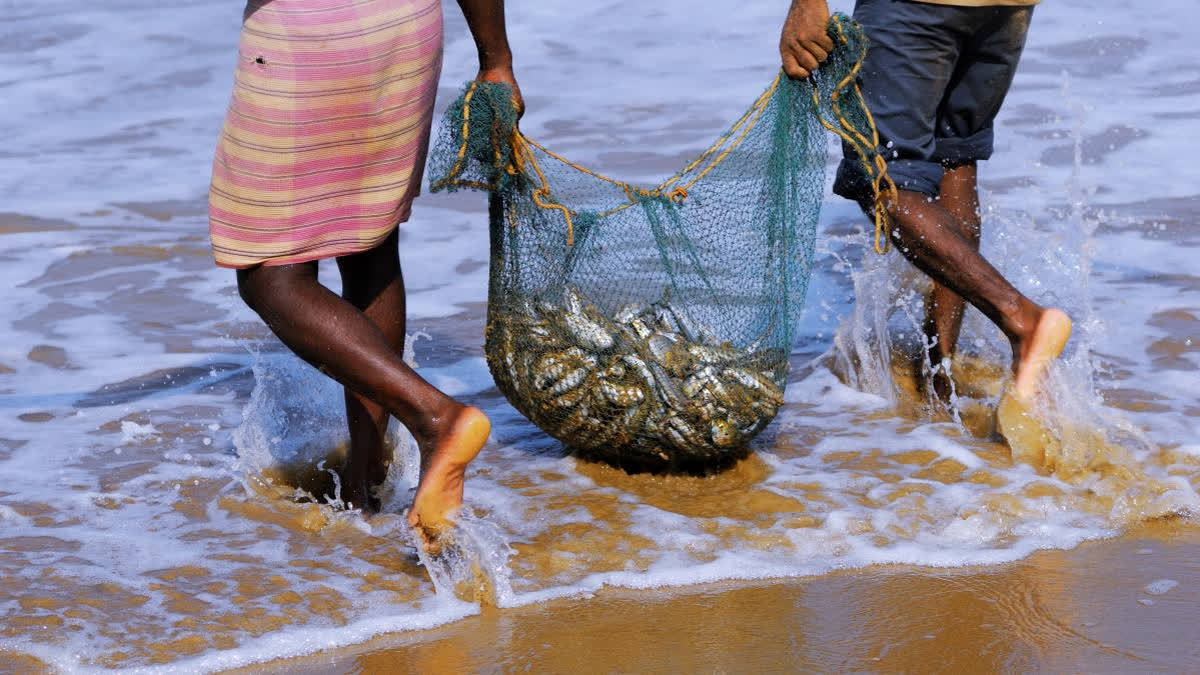To highlight the importance of sustainable stocks of fisheries in the world and strengthen human rights for the small-scale fishing communities World Fisheries Day is celebrated across the world on November 21 annually. It aims to draw attention to overfishing, habitat destruction and other serious threats to the sustainability of marine and freshwater resources.
History:
The celebrations started in 1997 when “World Forum of Fish Harvesters & Fish Workers” met at New Delhi leading to formation of “World Fisheries Forum” with representatives from 18 countries and signed a declaration advocating for a global mandate of sustainable fishing practices and policies.
Significance of the Day: The World Fisheries Day helps in highlighting the critical importance to human lives, of water and the lives it sustains, both in and out of water. Water forms a continuum, whether contained in rivers, lakes, and ocean. 25% of the world’s dietary protein is provided by fish and around 200 million people are directly or indirectly employed in the Fishing industry. Keeping our oceans healthy to sustain fisheries is crucial for our future and the world’s food and livelihoods.
About Fisheries Sector:Fishing is the capture of aquatic organisms in marine, coastal and inland areas. Marine and inland fisheries, together with aquaculture, provide food, nutrition and a source of income to around 820 million people around the world, from harvesting, processing, marketing and distribution.
India in Fisheries: India is the 3rd largest fish producing and 2nd largest aquaculture nation in the world after China. The Blue Revolution in India demonstrated importance of Fisheries and Aquaculture sector. With 8% share in global fish production India is the largest shrimp producer and 4th largest seafood exporter in the world.
The sector is key in providing sustainable incomes and livelihoods to 3 crore fishers and fish farmers in the country. India aims to achieve a target of producing 22 million metric tonnes of fish by 2024-25. Fisheries of India can be broadly classified into two types namely, marine fisheries and inland fisheries. The output of fishing and aquaculture sub-sector increased steadily from about ₹80 thousand crore in 2011-12 to about ₹195 thousand crore in 2022-23.
Andhra Pradesh is the largest producer of fishing and aquaculture during the period 2015-16 to 2022-23 and, its share in all-India output increased from 17.7% in 2011-12 to almost 40.9% in 2022-23.
Growth of Inland aquaculture in India:Till 2000, marine fish production dominated India’s total fish production. However due to practice of science-based fisheries, Inland fisheries in India has seen a turnaround and presently contributes ~70 % of total fish production.
